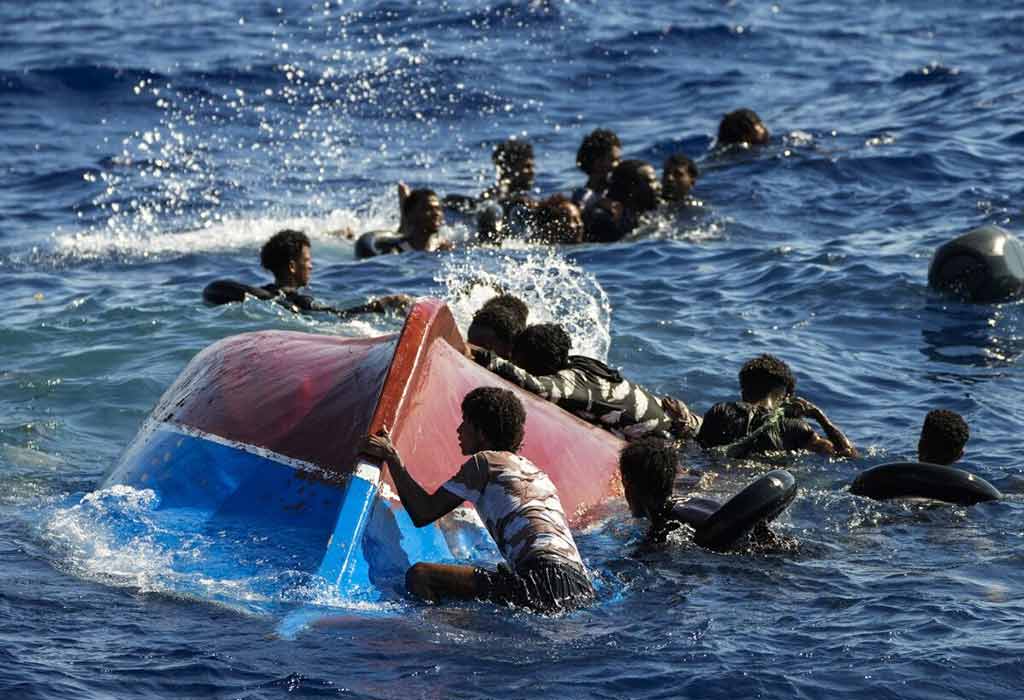This year, 289 children have died at sea. This is equivalent to about 11 children dying each week – far beyond what we hear in news headlines. This is nearly double the number of children dying at sea compared to last year – 150, according to UNICEF Global Lead on Migration and Displacement Verena Knaus
We cannot continue to ignore what is happening – stand by silently when nearly 300 children – an entire plane full of children – are dying in the waters between Europe and Africa in just six months, she added.
Conflict and climate change are forcing increasing numbers of children to embark on perilous sea journey from North Africa to Europe, Knaus stated.
In the first six months of this year, we estimate 11,600 children made the crossing – again, nearly twice as many as in the same period in 2022.
Making matters worse, these figures from the first six months of this year are likely to be underestimates. Many shipwrecks on the Central Mediterranean Sea crossing leave no survivors or go unrecorded, making the true number of child casualties practically impossible to verify, she stressed.
And yet, given these numbers and the silence surrounding so many of these preventable deaths, it does seem the world is willfully ignoring what is happening.
Children are drying not just in front of our eyes; they are dying while we seem to keep our eyes closed. Hundreds of girls and boys are drowning in the world’s inaction. This makes the Central Mediterranean Sea one of the deadliest migration routes in the world for children.
In Q1 2023, as many as 3,300 unaccompanied or separated children arrived in Europe via the Central Mediterranean Sea route, or more than 70% of the total, according to the information.
In response to this escalating crisis, UNICEF is supporting countries in strengthening national child protection, social protection and migration and asylum systems to ensure children are safe as they move.
Governments must protect the rights and best interests of children in line with their obligations under national and international law. The rights enshrined in the Convention on the Rights of the Child do not stop at borders or shores – they travel with children as they cross.
To prevent deaths at sea there need to be safe, legal and accessible pathways for children to seek protection and reunite with family members. This means expanding opportunities to access family reunification in countries of origin or transit, refugee resettlement or other humanitarian visas – – in much greater numbers than what is currently available.
Countries must also strengthen coordination on search and rescue operations and ensure prompt disembarkation to places of safety. The duty to search and rescue a boat in distress is a fundamental rule in international maritime law. States and ships are obliged to assist regardless of circumstances or intentions. And pushbacks at sea (or land borders) are violations of national, EU and international law.
These children need to know they are not alone. World leaders must urgently act to demonstrate the undeniable worth of children’s lives … moving beyond condolences to resolute pursuit of effective solutions.

